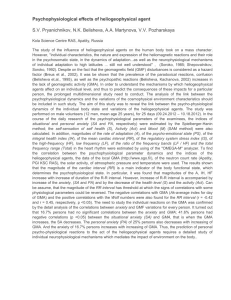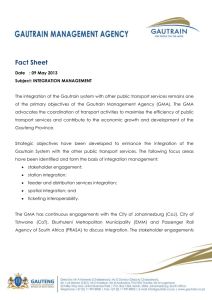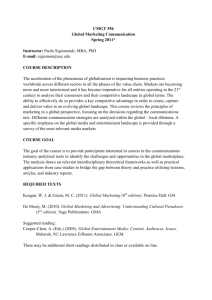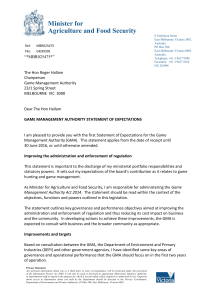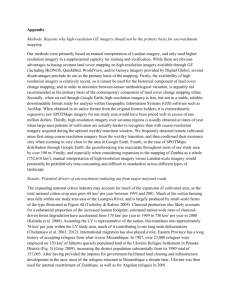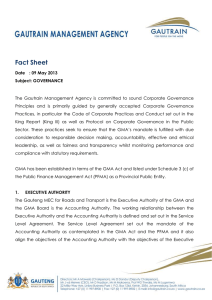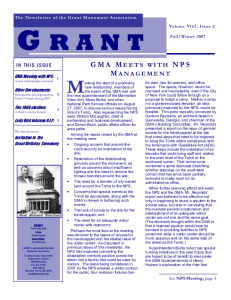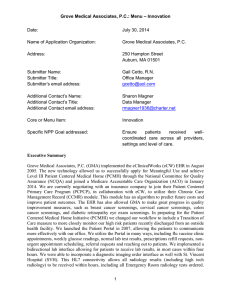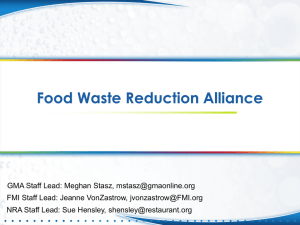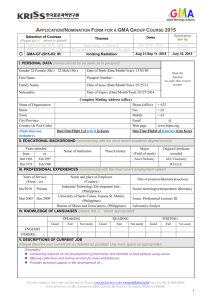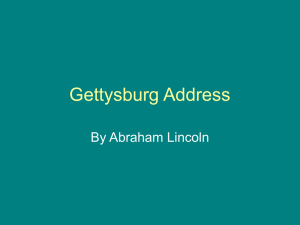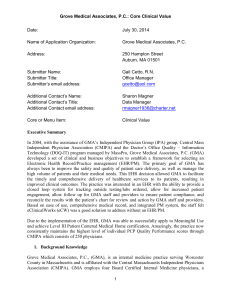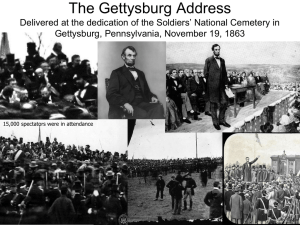(Part 2) - August 2009 - Watershed Alliance of Adams County
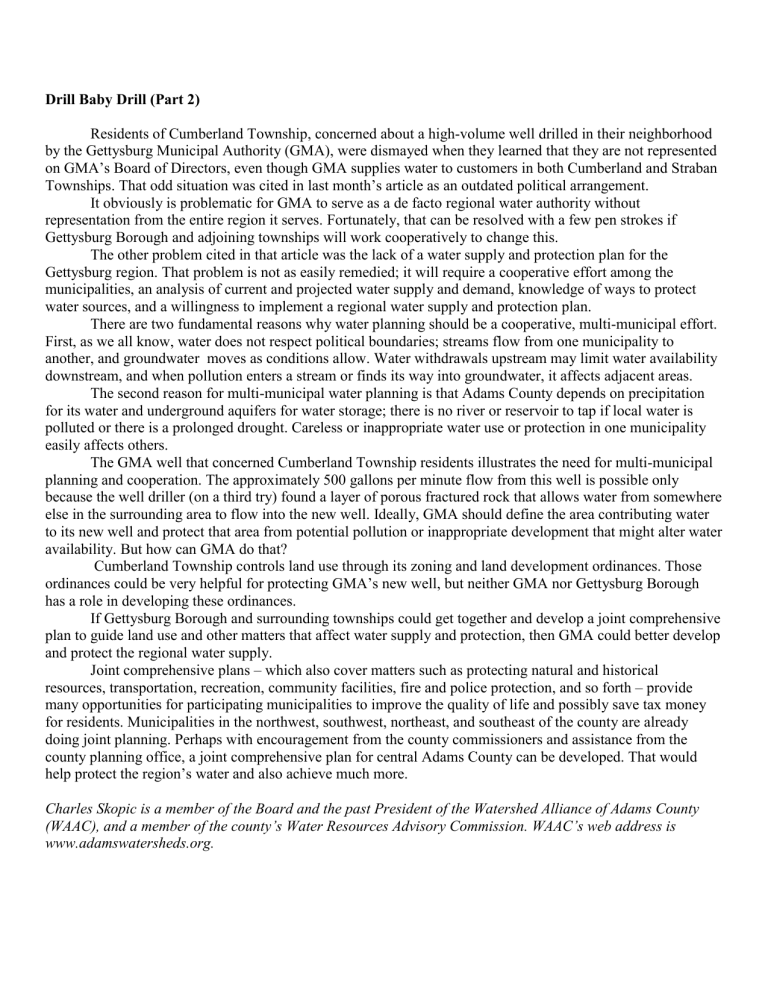
Drill Baby Drill (Part 2)
Residents of Cumberland Township, concerned about a high-volume well drilled in their neighborhood by the Gettysburg Municipal Authority (GMA), were dismayed when they learned that they are not represented on GMA’s Board of Directors, even though GMA supplies water to customers in both Cumberland and Straban
Townships. That odd situation was cited in last month’s article as an outdated political arrangement.
It obviously is problematic for GMA to serve as a de facto regional water authority without representation from the entire region it serves. Fortunately, that can be resolved with a few pen strokes if
Gettysburg Borough and adjoining townships will work cooperatively to change this.
The other problem cited in that article was the lack of a water supply and protection plan for the
Gettysburg region. That problem is not as easily remedied; it will require a cooperative effort among the municipalities, an analysis of current and projected water supply and demand, knowledge of ways to protect water sources, and a willingness to implement a regional water supply and protection plan.
There are two fundamental reasons why water planning should be a cooperative, multi-municipal effort.
First, as we all know, water does not respect political boundaries; streams flow from one municipality to another, and groundwater moves as conditions allow. Water withdrawals upstream may limit water availability downstream, and when pollution enters a stream or finds its way into groundwater, it affects adjacent areas.
The second reason for multi-municipal water planning is that Adams County depends on precipitation for its water and underground aquifers for water storage; there is no river or reservoir to tap if local water is polluted or there is a prolonged drought. Careless or inappropriate water use or protection in one municipality easily affects others.
The GMA well that concerned Cumberland Township residents illustrates the need for multi-municipal planning and cooperation. The approximately 500 gallons per minute flow from this well is possible only because the well driller (on a third try) found a layer of porous fractured rock that allows water from somewhere else in the surrounding area to flow into the new well. Ideally, GMA should define the area contributing water to its new well and protect that area from potential pollution or inappropriate development that might alter water availability. But how can GMA do that?
Cumberland Township controls land use through its zoning and land development ordinances. Those ordinances could be very helpful for protecting GMA’s new well, but neither GMA nor Gettysburg Borough has a role in developing these ordinances.
If Gettysburg Borough and surrounding townships could get together and develop a joint comprehensive plan to guide land use and other matters that affect water supply and protection, then GMA could better develop and protect the regional water supply.
Joint comprehensive plans – which also cover matters such as protecting natural and historical resources, transportation, recreation, community facilities, fire and police protection, and so forth – provide many opportunities for participating municipalities to improve the quality of life and possibly save tax money for residents. Municipalities in the northwest, southwest, northeast, and southeast of the county are already doing joint planning. Perhaps with encouragement from the county commissioners and assistance from the county planning office, a joint comprehensive plan for central Adams County can be developed. That would help protect the region’s water and also achieve much more.
Charles Skopic is a member of the Board and the past President of the Watershed Alliance of Adams County
(WAAC), and a member of the county’s Water Resources Advisory Commission. WAAC’s web address is www.adamswatersheds.org.

